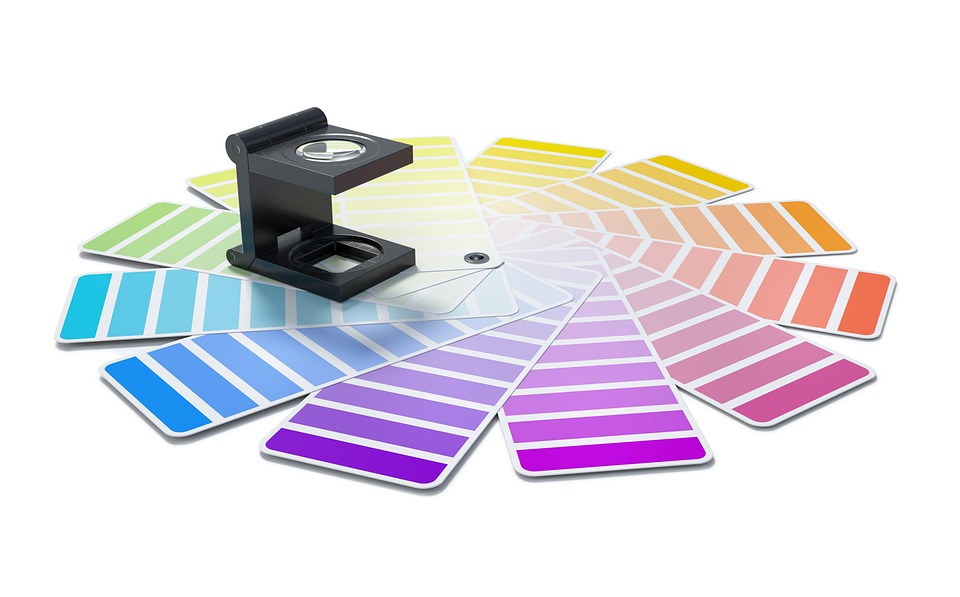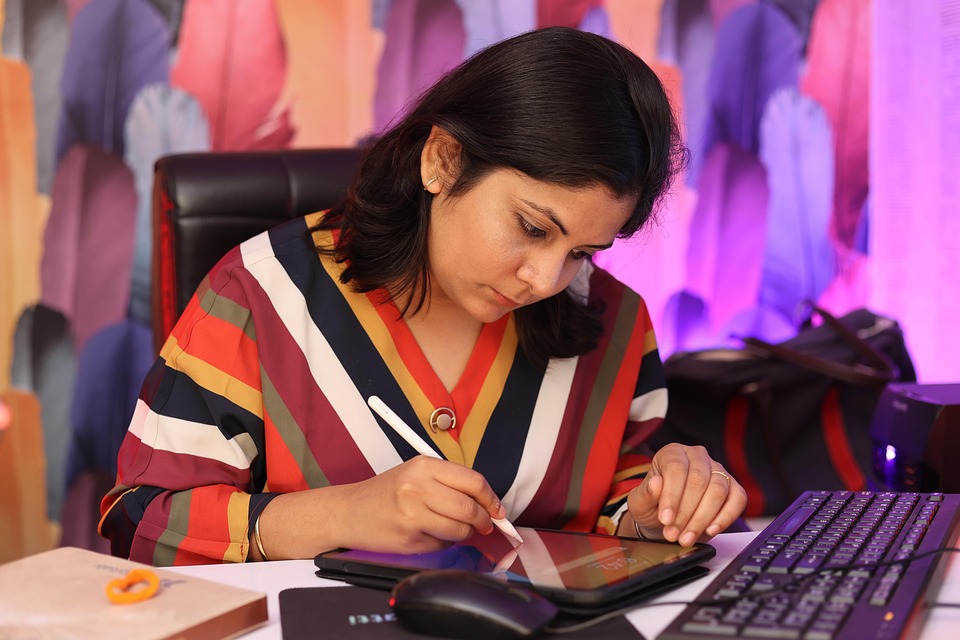Essential Skills and Responsibilities of an Interactive Designer: A Shortage Occupation with Promising Career Prospects
In an era dominated by digital experiences, the role of an interactive designer has emerged as a beacon for creativity and innovation. As businesses increasingly recognise the importance of user engagement, the demand for skilled interactive designers has surged, placing this profession firmly in the spotlight. Yet, what does it take to excel in this dynamic field, and why is it considered a shortage occupation?
The Core Skills: A Blend of Creativity and Technical Proficiency
-
Visual Design Expertise: At the heart of interactive design lies a strong foundation in visual aesthetics. Mastery of colour theory, typography, and layout is essential. An interactive designer must not only create pleasing visuals but also ensure they enhance usability. As the renowned design guru Don Norman once said, “Design is not just what it looks like and feels like. Design is how it works.” This sentiment encapsulates the dual responsibility of aesthetic appeal and functional efficacy.
-
User Experience (UX) Understanding: Proficient interactive designers delve into the psyche of users. They must empathise with the audience, conducting user research and usability testing to glean insights about user behaviours and preferences. Crafting user personas and journey maps can be invaluable tools in this quest. The ability to interpret data and feedback effectively often distinguishes exceptional designers from their peers.
-
Proficiency in Design Tools: Familiarity with industry-standard design software such as Adobe Creative Suite, Sketch, and Figma is non-negotiable. However, as technology continues to evolve, interactive designers must remain agile, embracing new tools and technologies that enhance their workflow and output. The continuous pursuit of knowledge in areas like prototyping and responsive design is crucial.
-
Collaboration and Communication Skills: Interactive designers frequently collaborate with developers, product managers, and marketing teams. Clear communication is vital to bridge the gap between creative concepts and technical implementation. The ability to articulate ideas and incorporate feedback without compromising one’s vision is a skill often overlooked but paramount in this field.
Navigating Responsibilities: From Concept to Completion
Interactive designers wear many hats. Their responsibilities extend beyond mere aesthetics; they are problem-solvers at their core. The process often begins with brainstorming sessions, where ideas are born from collective insights. Following this, wireframing serves as a blueprint, allowing designers to map out the user experience before diving into high-fidelity designs.
Testing is another critical phase. It’s not enough to create a visually stunning product; it must also function seamlessly. Conducting A/B tests, gathering user feedback, and iterating on designs based on real-world usage are essential steps in refining the final product.
Moreover, as the digital landscape shifts, interactive designers must stay abreast of emerging trends. The rise of augmented reality (AR) and virtual reality (VR) presents exciting opportunities, demanding a willingness to adapt and innovate continually.
Why the Shortage?
The rapid evolution of technology and the increasing emphasis on digital transformation have led to a significant skills gap in the market. Companies struggle to find professionals who possess both the artistic flair and the technical know-how. Reports indicate that the UK alone is facing a shortfall of qualified interactive designers, making this an attractive career option for those considering a foray into the field.
With an average salary that reflects the demand and a diverse array of sectors requiring interactive design—from e-commerce to gaming—the career prospects are undeniably promising. For anyone with a passion for creativity and technology, this profession offers not just a job, but a pathway to influence how users interact with the digital world.
As you contemplate a career in interactive design, remember that platforms like Visajob.co.uk are here to support you in navigating the UK job market, particularly for positions that require sponsorship. Embrace the challenge, and you may find yourself at the helm of the next big digital innovation.




